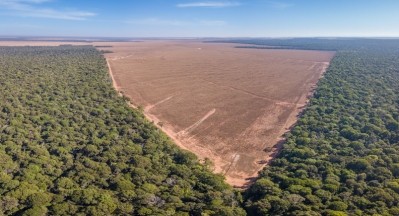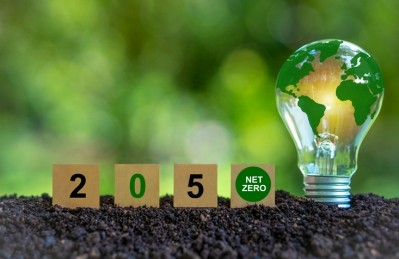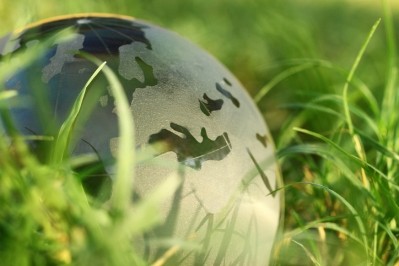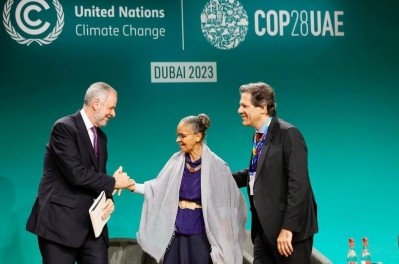New commodity carbon accounting approach adds up
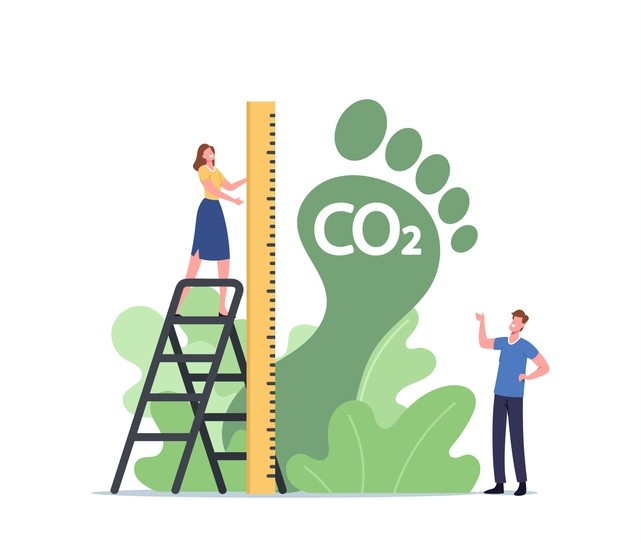
Within the food, feed and agricultural sector, there is a growing awareness of the role land conversion plays in environmental impact - not just for soy, but for other commodities too, according to Xavier Bengoa, co-founder of AdAstra.
“Carbon footprint assessments used to be solely focused on how crops were being produced and how animals were being reared, overlooking what had happened on that land and whether it had been converted from a natural eco-system in the first place. Now, the sector is recognizing the importance of land conversion in the overall environmental burden,” Bengoa told FeedNavigator.
He continued: “The soy sector is already focused on this, but other commodity supply chains less so - we don’t talk about land conversion for corn and wheat, for example. However, companies are realizing that this is part of carbon emissions reporting and mandatory accounting obligations.”
Regulatory pressure
He said this had become increasingly important in the context of the EU’s Deforestation Regulation (EUDR) and Corporate Sustainability Reporting Directive, both of which came into force this year, with similar regulation likely on the horizon for the USA.
To this end, since it was founded in early 2022, AdAstra has been building a picture of carbon emissions from land conversion for a range of commodities via its Orbae model.
“This land conversion data, which is particularly important for crops like soy and corn and makes up a significant portion of their overall footprint, can then be coupled with other data on farming practices, transportation and so on, to arrive at the carbon footprint of the final product,” Bengoa explained.
He said AdAstra is starting by mapping the commodities that are high priority in terms of land conversion, as well as based on client demand, and will evolve its pipeline to include rice, wheat, and other commodities.
The company has been awarded a 1.28m CHF (US$1.11m) grant from Innosuisse through its start-up innovation projects initiative, which will support this expansion.
“We’re using these funds to add new members to our team, accelerate the development of a web app to deliver our data and expand the breadth of our data,” explained Bengoa.
More accurate than estimates
AdAstra claims that the values generated via Orbae are far more accurate than anything used in carbon accounting today - namely high-level approximation based on national statistics.
“Their best alternative to us is for companies to use a country-level value that is highly generic and not representative of their knowledge of their supply chain, and from what we’ve seen, can often be far off base from reality. This means they may well be undercounting or overcounting the carbon footprint from land conversion of a given commodity,” warned Bengoa.
He said the way in which AdAstra achieves this is by building up a picture of land use from earth observation imagery, field by field and crop by crop, and combining this with trade data.
The starting point is billions of data points from satellite imagery that show land cover over the past 20 years. Working with these data points, Orbae divides the world into 30×30-metre pixels. For each pixel, it records changes in land use and calculates greenhouse gas emissions over time for individual agricultural commodities.
AdAstra can then effectively match these carbon estimates with supply chain intelligence to help individual companies track their carbon impact more effectively and identify environmental hotspots.
The more granular the available supply data for a commodity, the more accurate the carbon footprint value will be.
In the absence of traceability…
“If a company knows precise mill locations and farms, we can provide an exact match to their level of knowledge. But what is most often the case - especially for large companies - is that their traceability is a mixed bag. Even traders have difficulty identifying where certain commodities are being sourced from because of the number of actors in the supply chain. But they always know something - even if it is just that the soy comes from Brazil,” said Bengoa.
If this is all a company knows, AdAstra can still provide them with the aggregated value for all those pixels that make up Brazil and create a picture of the carbon footprint at a national level. It can then use sourcing pattern data from its partner, Trase, to work backwards and identify the exporting country or even municipality to create a basis for carbon accounting.
Bengoa was keen to emphasize that its technology is not a substitute for traceability, rather it serves as an incentive for companies to increase the level of traceability in their supply chains.
“If they can get more granularity in their supply chains, they can track their carbon impact more accurately. It is about moving the capacity to understand what is going on in the supply chains to a whole new paradigm. What we are trying to do is solve the problem of having accurate figures on which to base science-based targets and reduction strategies in the absence of full traceability,” he said.
